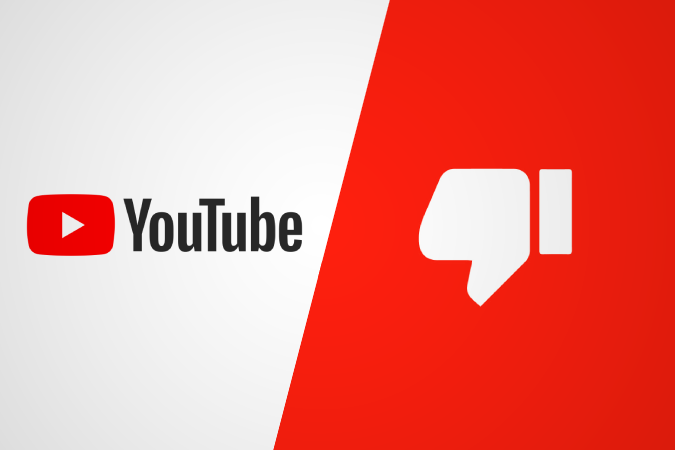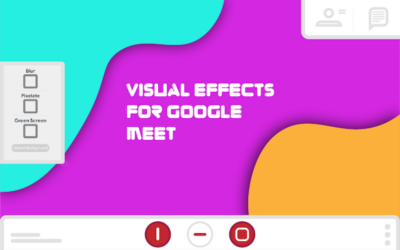YouTube, the world’s largest video-sharing platform, has undergone numerous changes over the years to enhance user experience and content engagement. One of the latest developments that stirred controversy is the “Return YouTube Dislike” Chrome extension. This extension, designed to reinstate the public dislike count on videos, has sparked debates about transparency, mental health, and the balance between creators and viewers. In this article, we will delve into the features, motivations, and implications of the Return YouTube Dislike extension.
Understanding the Extension
The Return YouTube Dislike Chrome extension was created in response to YouTube’s decision to hide the public dislike count on videos. In November 2021, YouTube announced this change, citing the need to protect creators from targeted harassment and to encourage healthier interactions on the platform. The move aimed to shield creators from undue negative feedback that could potentially affect their mental well-being. While the total number of dislikes remained visible to creators and video owners, the public only saw the total likes, making it difficult to gauge the overall sentiment.
The Return YouTube Dislike extension was developed to counteract this change by reinstating the public dislike count. The extension essentially overrides YouTube’s default settings, allowing users who have it installed to see both the likes and dislikes on videos, just as they did before the platform’s update. This extension raises important questions about the freedom of expression, content evaluation, and the implications of maintaining or removing dislike counts.
Motivations Behind the Extension
The Return YouTube Dislike extension was motivated by several factors, including concerns about transparency, the potential for manipulation, and the role of feedback in content evaluation.
- Transparency: Many critics argue that removing the public dislike count diminishes transparency and accountability. They believe that viewers should have access to the complete range of reactions to a video, both positive and negative, to make informed decisions about the content’s quality.
- Manipulation: Supporters of the extension often point out the potential for abuse when certain users or entities artificially inflate or suppress the like-dislike ratio. Without the public dislike count, users might be unable to identify instances of manipulated engagement, which could lead to misleading perceptions about a video’s popularity.
- Feedback and Improvement: Dislikes play an important role in providing creators with valuable feedback about their content. While excessive dislikes can be demotivating, constructive criticism can help creators refine their work and understand audience preferences.
Implications and Controversies
The Return YouTube Dislike extension has ignited various controversies and discussions among content creators, viewers, mental health advocates, and YouTube itself.
- Mental Health: One of the main reasons YouTube initially decided to hide public dislike counts was to protect creators’ mental health. The platform noted that high levels of negativity, especially when prominently displayed, could contribute to stress and anxiety for content creators. Critics of the extension argue that reinstating the dislike count might expose creators to unnecessary negativity and potentially harm their mental well-being.
- Content Quality and Accountability: The presence of dislike counts can motivate creators to produce higher-quality content by encouraging them to consider viewer feedback and preferences. On the flip side, the extension could also lead to a toxic environment where content creators are subjected to excessive criticism, even for genuine attempts at creating valuable content.
- Engagement Manipulation: The removal of public dislike counts was intended to prevent engagement manipulation, where users brigade videos with dislikes to negatively impact the creator. Reinstating the dislike count might make it easier for coordinated campaigns to target creators and discourage them from sharing diverse or controversial viewpoints.
The Way Forward
The Return YouTube Dislike extension underscores the complex relationship between content creators and viewers, as well as the challenges associated with fostering a healthy online environment.
- Balancing Transparency and Accountability: Striking the right balance between transparency and accountability for creators, while also safeguarding their mental well-being, is a nuanced challenge. YouTube could consider alternative ways to provide feedback without necessarily displaying the public dislike count prominently.
- Promoting Constructive Engagement: To promote healthy interactions, YouTube could encourage users to provide constructive feedback rather than resorting to excessive dislikes. This could involve implementing guidelines for leaving feedback that ensures respectful communication.
- Creator-Viewer Communication: Enhancing communication channels between creators and viewers can foster a better understanding of the content and its intent. Creators can clarify their message, address concerns, and actively participate in meaningful discussions with their audience.
Conclusion
The Return YouTube Dislike Chrome extension raises fundamental questions about online content evaluation, transparency, and the mental health of content creators. As the digital landscape continues to evolve, platforms like YouTube must navigate the delicate balance between maintaining open dialogue and protecting the well-being of their creators. By considering the concerns of both content creators and viewers, YouTube can strive to create an environment where meaningful interactions flourish while mitigating the potential negative consequences of an unregulated public dislike count.








0 Comments